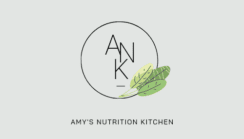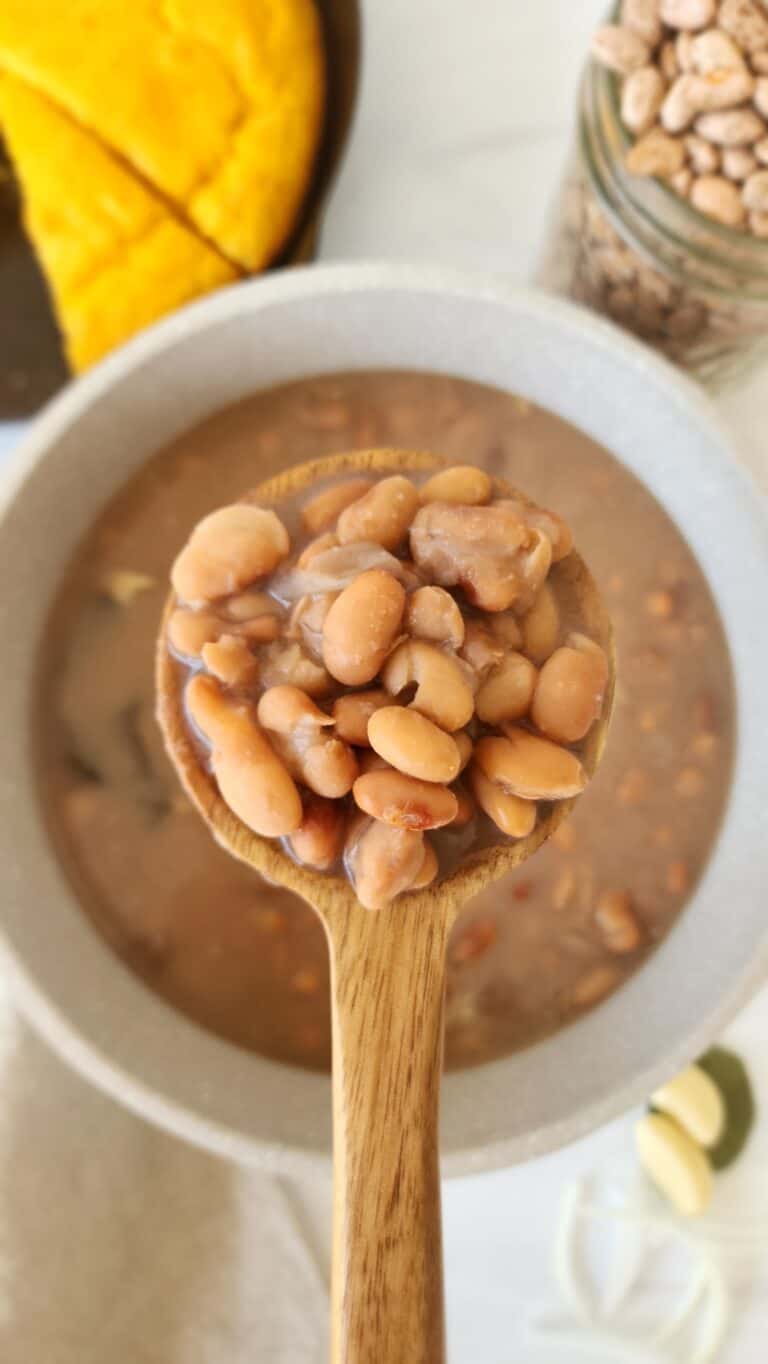SuperSize: The New Abnormal
Portions have steadily increased over the last several decades, both in restaurants and in homes. The general population is aware of this, but many don’t realize how this affects what we see as “normal”. The kids I teach now think a 20 ounce soda is a “normal” size. When I tell them that a 12 ounce soda was the size when I was growing up they respond with, “Well that’s not enough”. Granted you can now find sodas in an 8 ounce size, but they defeat the purpose when instead of just a 6-pack they sell them in an 8-pack size. Who are we kidding? The 8 ounce soda you can slurp down in one gulp and only leaves you wanting more. (I must tell you that I haven’t had a soda since 2000. But while I’m targeting soda, this can be any sugary drink. My vice: coffee). Let’s take a step back and look how much things have changed – and why it matters.
The average restaurant meal is four times larger than it was in the 1950’s. For example, a hamburger in the 50’s was 3.9 ounces, French fries 2.4 ounces, and soda 7 ounces. Today those numbers have jumped to a hamburger that’s 12 ounces, French fries 6.7 ounces, and soda 42 ounces. Another good example I give the children when I’m teaching them is with the bagel. A bagel has increased from a 3-inch diameter (130 calories) to 6 inches (350 calories). I bring in the bagel thins and the “mini-bagels” to show them that those “mini-bagels” are really what a bagel should look like. Bagel thins keep the 6-inch diameter but remove the middle to minimize calories – another creation in our distorted view of portions. All of these are BIG changes, pun intended!
Just in the last week it was announced that Mega M&M’s® are coming in 2014! Each candy has three times as much chocolate as a regular M&M, coated with the traditional candy shell. M&M’s look comically small when we hold them in our chubby North American hands. Good thing they’ve come up with a solution for that!
So how does this affect our eating? People eat at least 30% more with larger portions. Frequent exposure to these bigger-than-life portions affects people’s perception as well, leading consumers to see them as an appropriate size, what I like to call “portion distortion.” Even while people are eating more with these larger portions, they don’t report an increased level of satisfaction or fullness.
I believe that everyone needs to think about how portions affect intake – and the future intake of their children. I try and teach children what normal portion sizes are – even though they believe differently already. Research shows that parents are encouraging their young children to eat more at meals and snacks (because of this distorted view of portions.) As children age and enter the world of huge portions, this can have negative consequences. Gone are the days of the “finish your plate so that you can get up from the table.” We should be teaching them to pay attention to their bodies’ cues: hunger versus eating because they’re bored; fullness to stop eating versus eating till they feel uncomfortable.
I believe if more people questioned the value of large portions, split entrees at restaurants, and ordered the smallest servings, we would see some change in what (and how much) is offered.





